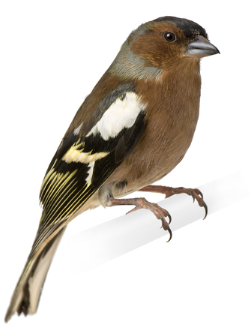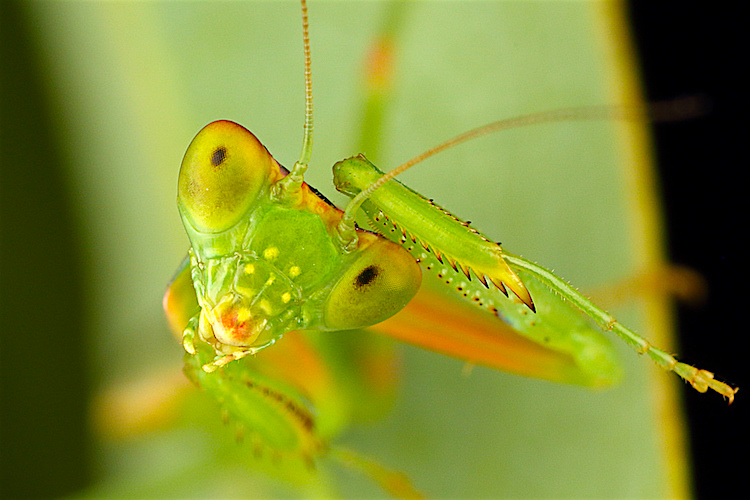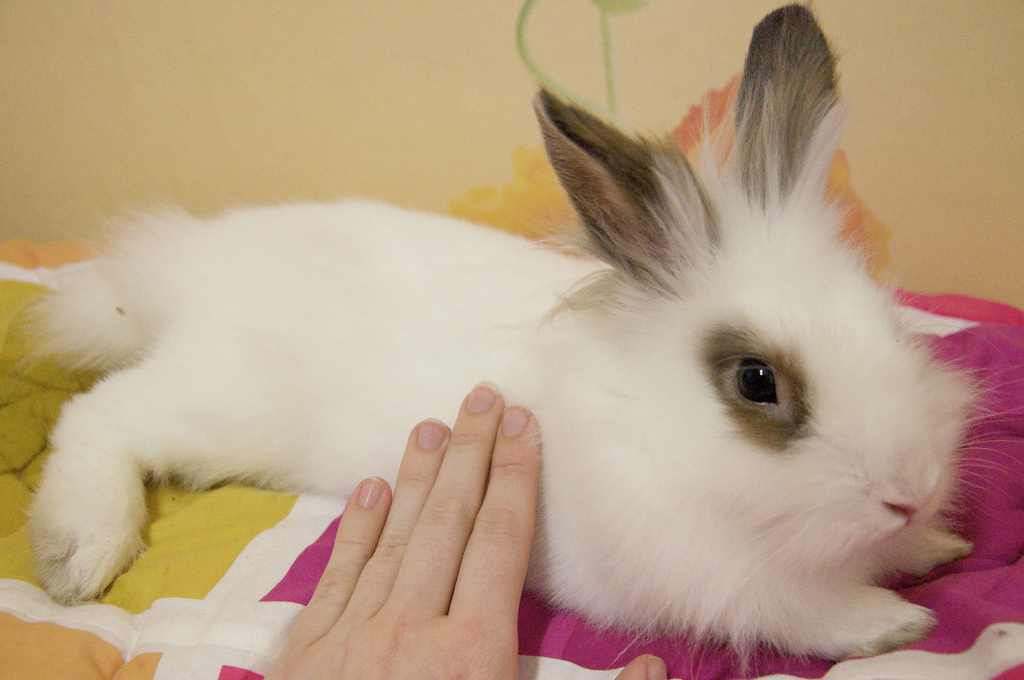Caring for Finches: An Expert Guide
For a beautiful and low maintenance pet for busy schedules, look no further than the finch. Read our guide to caring for finches.
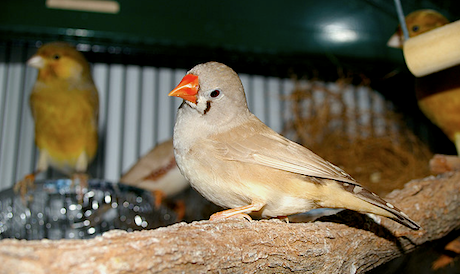
Finches are charming and delightful pets perfect for almost any space or schedule.
They prefer their own company, which makes them an ideal pet for someone with not a lot of time or someone who prefers to admire their pets as opposed to pets that snuggle or need daily walking. Some of them are enchanting songbirds, and caring for finches is easier than you think.
Finches come in a variety of colors and personalities. The birds live an average of four to seven years.
Finches do not like to live alone. Keeping them in pairs is strongly suggested by owners and breeders. If you add more birds, those should also be added in pairs.
Adding finches may create some behavioral issues, such as bullying and isolation. If you already have a pair living together, a new solitary addition may end up ignored or avoided. Adding another pair of birds can also open up the possibility of competition or bullying, but having more than six birds (three pairs) usually alleviates these issues.

Don’t leave your pet’s safety to chance
Sign up for Petful recall alerts today.

Buying a Finch
Different varieties of finches have different qualities.
Whether a certain color or the ability to sing may be on your preferred list, review the different breeds before buying or adopting to see what qualities exist in birds available in your area.
If you are considering buying from a breeder, ask to view the facilities. Ensure that the existing cages are large enough to allow for flight, have clear access to food and water, are free from overcrowding and appear regularly cleaned.
When choosing a pair of birds, look for signs of illness:
- Discharge or swollen eyes
- Abnormal growths on the body
- Puffed-out feathers, looks significantly larger or wider than all other birds
- Missing feathers or bald patches
- Limited movement or lying on the cage floor
- Discolored or abnormal droppings in the cage
Ask the breeder for the family history, sex and age of the birds. Recent illnesses or deaths may not be known depending on what birds you are shown, so ask if there have been any recent vet trips or birds on antibiotics in recent months.
Cages and Accessories
Length is the key to a great finch habitat.
Finches need room to fly horizontally more than they need vertical height. This is important because it is their only form of exercise. A pair of finches should have a minimum of 30 inches lengthwise.
Cages should be located in quiet areas with low foot traffic to minimize stress on the birds. Cage linings are usually newspaper or kraft paper. Expect to clean the cage weekly and fully disinfect the cage once per month.
Finches are not big fans of toys, but they do enjoy perches and swings. Since the birds fly horizontally, make sure these items do not interfere or block the flight path. Keep them away from food and water sources so falling droppings do not contaminate their dietary items.
Wood cannot be disinfected once soiled by droppings, so non-toxic hardwood materials or branches are recommended. Avoid dowel perches (feet problems); sandpaper-covered perches (harmful); and redwood, cedar or pressed-wood chips (poisonous to birds).
Food and water containers should be stainless steel or non-toxic plastic to minimize bacteria and contamination.
It’s also a good idea to have a spare set; when cleaning the existing containers, you can replace them with the extra ones. Food and water dishes can be located on opposite ends of the cage to increase exercise.
You Are My Sunshine
Finches need sunlight to stay healthy. If you place their cage by a window with direct sunlight, make sure a shady spot is still available.
In the absence of direct sunlight, the bird cage (or smaller temporary cage) can be placed outside or you can install a bird cage light.
What to Feed Your Finch

Finches need a balanced diet, which can be found in finch pellets that cover full nutritional needs.
They can also be fed seed with fresh food offerings, which usually consists of boiled eggs with shells, vegetables and fruits. Cuttlebone is occasionally added and can help with maintaining their beaks.
Fresh food can be offered at the beginning or the end of the day to mimic the natural foraging periods of finches.
If the birds do not eat the fresh food after a few hours, remove it from the cage and discard it. Change the food daily to minimize bacteria and contamination.
How to Clip a Finch’s Nails
Finches need their nails clipped to keep them from getting caught on cage items and can be done just as you would trim a cat’s nails.
Use sterilized clippers designed for birds or infants and trim off the edge of the nail.
Pay careful attention not to cut too deep; the quick (vein) can bleed and inflict pain. Stop bleeding with styptic powder or sticks if needed.
The beak is usually maintained by the bird and rarely needs trimming.
Early Detection Is Key for Survival
By the time a finch appears sick, it may be too late to save it.
You can take your bird to an avian veterinarian for treatment or ask if you can bring in a fecal sample for analysis.
In addition to treating an illness as it appears, there are some signs to look for as preventive care and early detection:
- Sitting with closed eyes
- Burying, hiding or hanging head excessively
- Significant appetite changes (loss of appetite or overeating/overdrinking)
- Inconsistent or heavy breathing
- Underside stays wet
- Clicking sound when breathing
- Coughing, sneezing or nasal discharge
- Feathers are ruffled or puffed out
- A normally social bird seems withdrawn or inactive during regularly active periods
- Singing birds stop singing completely
- Droppings change in amount, color or consistency
If you notice the above or any other unusual signs, quarantine the bird until it can be seen by your vet. Some birds can also be carriers for diseases yet never become ill. The importance of early detection is crucial as evidenced in this story by a finch owner.
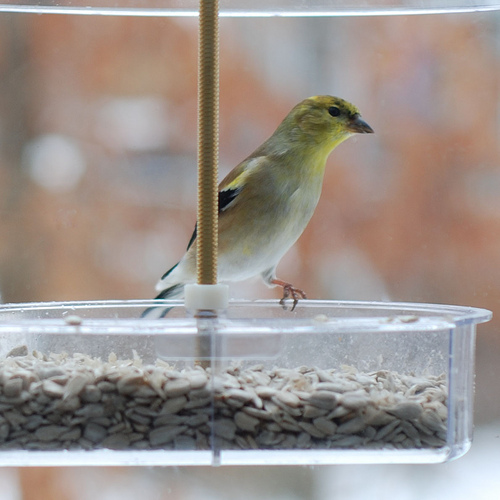
9 Common Pet Finch Health Problems
Finches are great pets for busy people. They prefer their own company and don’t need a lot of attention. They do need proper care, though, and they are susceptible to a host of health problems.
Birds conceal their illnesses well, and by the time you notice your bird is sick, it will be hard to treat. In this article, we break down nine common pet finch health problems.
1. Calcium Deficiency
Finches can become calcium deficient if you don’t provide a proper diet. Prevent this by offering chopped boiled eggs with the shells included. Some people prefer to offer only the egg white and shell without the yolk. Calcium deficiencies can be fatal and need to be treated immediately.
In addition to the egg and shell supplement, check with your avian veterinarian for additional supplements and instructions.
2. Aspergillosis
This illness is a fungal infection caused by mold. The condition causes respiratory distress and can be fatal if not treated right away. Symptoms include changes in breathing, gasping, wheezing or a change in voice for vocal birds.
See your vet as soon as possible if you notice these symptoms. Treatment is long and difficult with medication. Make sure the bird’s cage and areas are dry so mold cannot grow.
3. Bumblefoot
This condition occurs when an infection is present on the bottom of the foot. The skin becomes inflamed and may be red or scabbed over. Causes of this condition include obesity and a lack of activity. Check with your vet for treatment options and use perches with uneven or bumpy surfaces. Disinfect the perches regularly.

